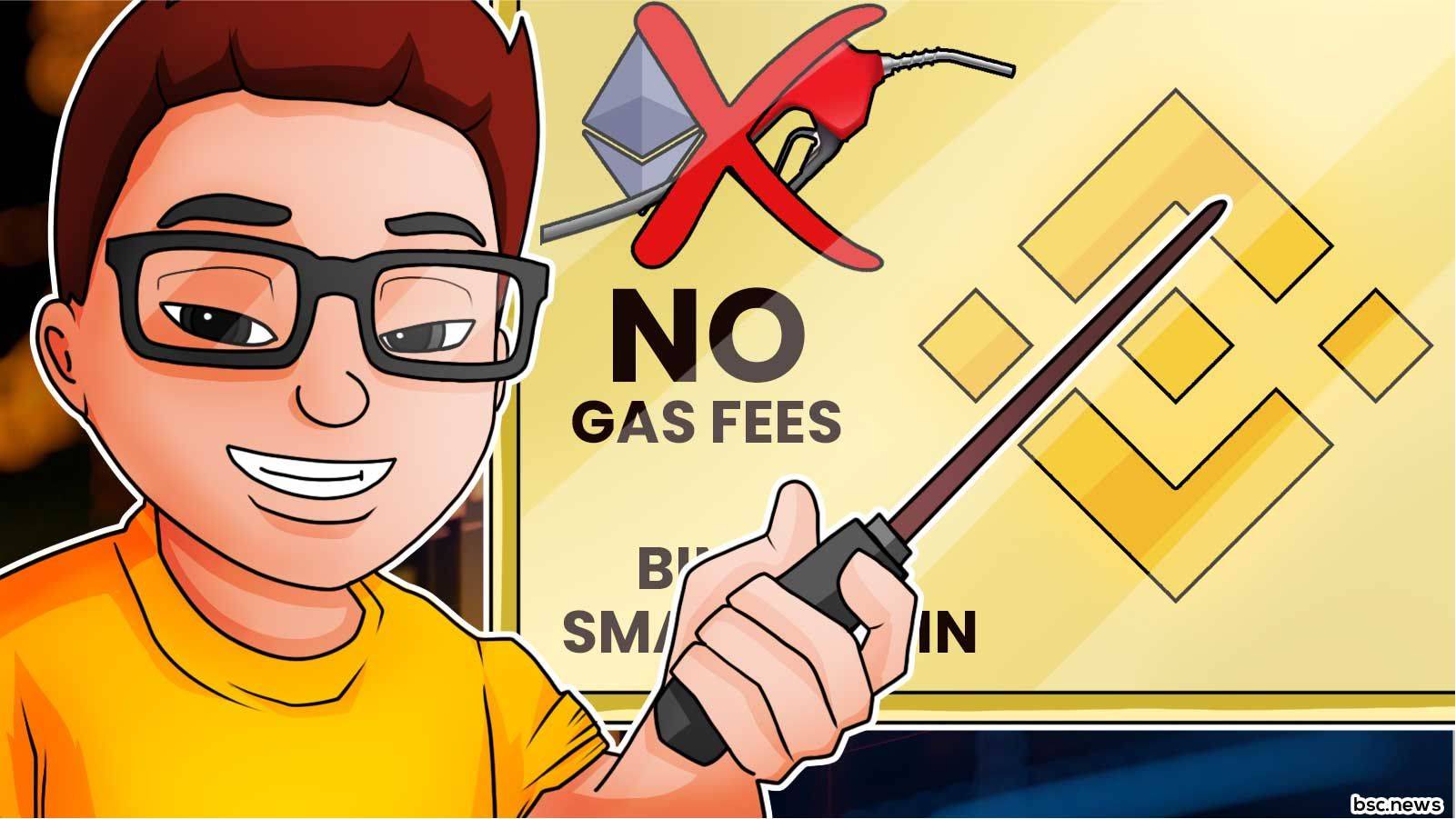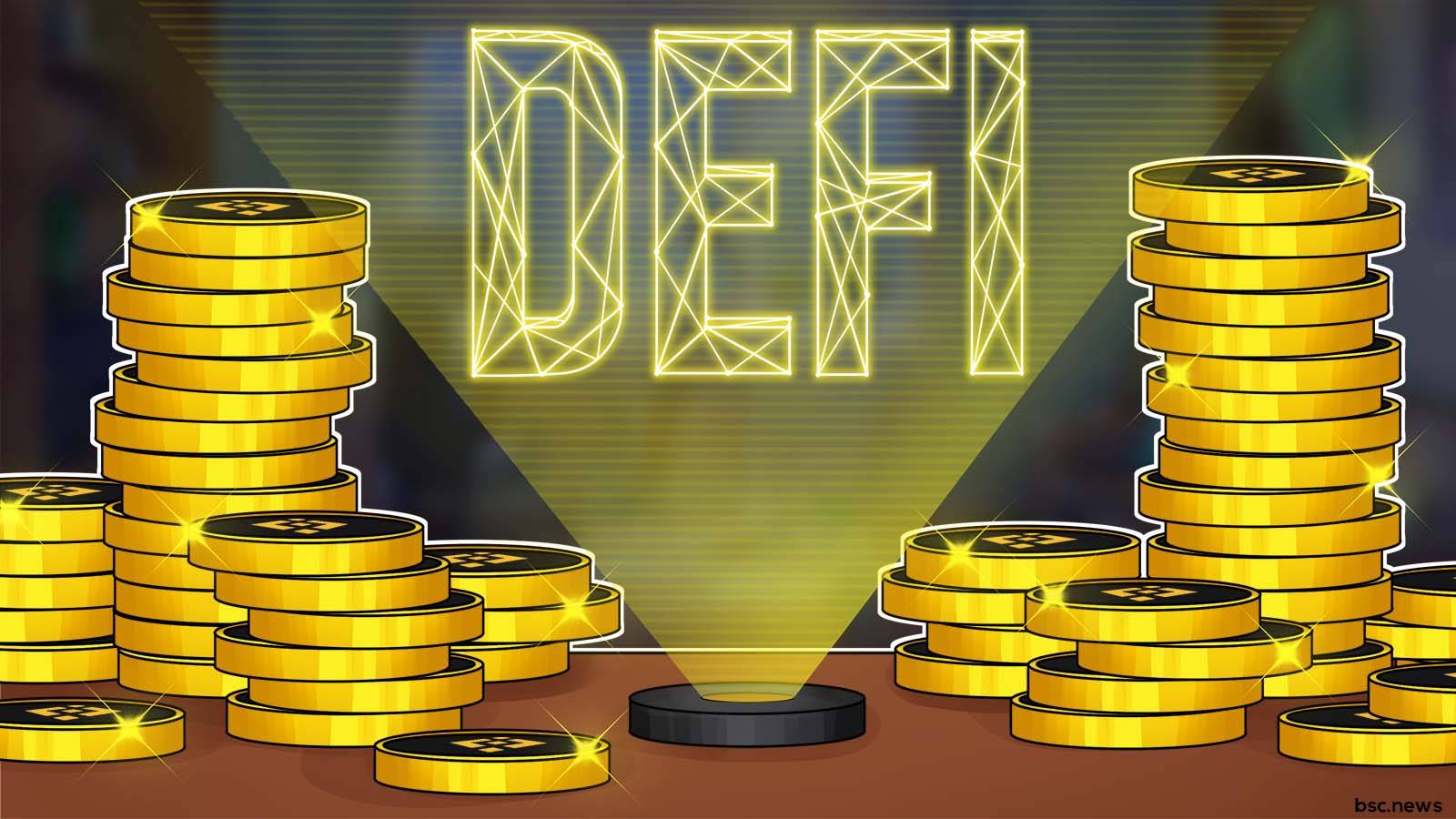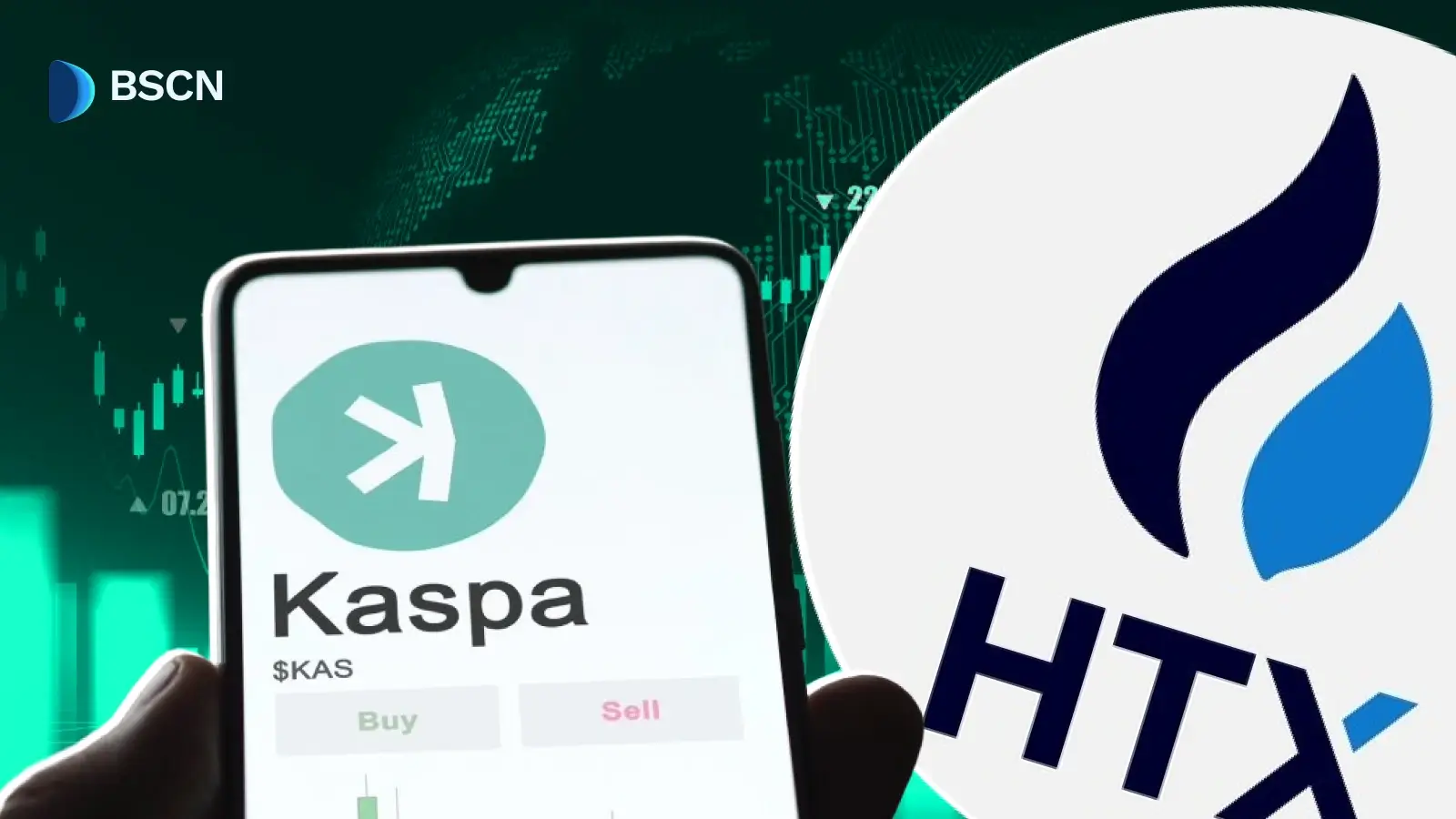WEB3
(Advertisement)
What is a Short Squeeze

An understanding of short squeezes can help avoid their implications in the market. The phenomenon is accompanied by a sharp increase in price due to short selling.
BSCN
May 17, 2021
(Advertisement)
Table of Contents
Introduction to Short Sells
The concept of “short selling” is a very profitable scheme for traders. It allows traders to make a profit from the price decline of a particular asset. In essence, if traders want to manage downside risk, they need to understand the concept. It is a widespread way of expressing the bearish outlook on a market while also wavering existing holdings.
Despite its potential profitability, short selling is a very high-risk trading strategy. This is because there is no upper limit for asset prices, as well as the phenomenon known as a “short squeeze.” A short squeeze causes an unexpected increase in the price of an asset. Anytime it ensues, short-sellers are affected. They get trapped and rush to exit positions to try and recover their losses or evade impending losses.
In this article, we will explain what a short squeeze is, how you can be ready for it, and even use it to your advantage to make a profit.
Understanding the Short Squeeze

The process whereby an asset’s price increases suddenly because short sellers rapidly close their positions is known as a short squeeze.
Short sellers consistently predict that the price of an asset will decline. However, when the price rises instead, they start to accumulate unrealized loss in short positions. When the prices increase, short-sellers may have to close their positions. They close their positions through several automation, including stop-loss triggers, limitations and futures contracts. They also close their positions manually to avoid more significant losses.
To close their positions, short-sellers buy these assets. That said, a short squeeze results in the sudden spike in prices. Therefore, a short squeeze is usually accompanied by a rise in trading volume. It is common that short-sellers are trapped into closing their positions if there is a promise of short interest. In essence, the more trapped liquidity, the more significant the increase in the price volatility due to a short squeeze. In other words, a short squeeze is defined as a temporary increase in demand favored by a decrease in supply.
Apart from the short squeeze, there is also another similar concept known as the long squeeze. Although it is uncommon, it occurs in a similar pattern. Here, long sellers are trapped by increased selling pressure, leading to a decline in price.
What Causes a Short Squeeze?

As explained earlier, the impact of short-sellers on the price of an asset leads to a short squeeze. They get squeezed out of their positions at a loss after opening positions on assets they perceived will drop in price. Their perceptions are often invalid and destroyed by positive news stories, product announcements, or some form of incentive that excites buyers’ interests.
Sometimes, the bullish transition in the fortunes of a given asset may be temporary. However, when it's not, short-sellers tend to face runaway losses as their positions approach an expiration date. Due to this, they eventually sell out instantly even though it is at a considerable loss.
Typically, a short squeeze is seen in any financial market where short positions can be taken. Similarly, the absence of short positions in a market could lead to a large price bubble.
Examples of Short Squeeze
Short squeezes regularly occur in the financial market, particularly in the stock market. This entails an anticipated high price of stock accompanied by numerous short positions. For instance, if a positive update about the company ensues, the short positions are forced to but which will cause an increase in stock prices.
Numerous reports and estimations have disclosed that Tesla's (TSLA) stock had been one of the most shorted stocks to date. However, its price had experienced many sharp increases, trapping many short sellers in the process.
In cryptocurrency, short squeezes are noticeable, particularly in the Bitcoin markets. This is because the Bitcoin derivatives market uses high leverage positions. These positions can be liquidated with slight price changes. That said, both short and long squeezes frequently occur in Bitcoin markets. To avoid being trapped or liquidated, one has to consider the amount of leverage used while also adopting a proper risk management strategy.
Let us use an actual illustration to explain the short squeeze. Suppose we have a biotech company called Medicom with a patient in advanced clinical trials. Let us assume that the patient is a candidate to test a new pharmacological product.
There is uncertainty among a host of investors as to whether the drug test will be successful. Therefore, there is increased short interest, and five million of its shares have been sold short of its 25 million outstanding shares. This means that the short interest on Medicom is 20%, and with daily trading volume averaging one million shares, the ratio of short-interest is five.
For better understanding, the short-interest ratio means that it will take five days for short sellers to re-purchase all Medicom shares already sold short.
Let’s assume that Medicom had declined some months back from $15 to $5 due to high short interest, when news surfaces that the drugs work well. The company’s shares jump to $9 because speculators buy the stock, and short-sellers are forced to cover their positions. Those that shorted their stock between $5 and $9 are now in a losing position. Those who will see more significant loss are the ones that sell short, near $5, and will be looking to leave the market because they are already on an 80% loss.
Closing Thoughts
In summary, a short squeeze occurs when short sellers are forced to cover their positions, such that a sudden price increase surfaces. They are very volatile, especially in very high levered markets. As investors and traders make use of high leverage, the movement of prices becomes sharper. That said, it is advisable to understand the market and the implications of a short squeeze before entering short positions, as it may lead to huge losses that can be detrimental in the long run.
Don’t forget to download the BSC News mobile application on iOS and Android to keep up with all the latest news for Binance Smart Chain and crypto! Check out the DeFi Direct Linktree for all the access links!
For those looking for tools and strategies regarding safety and crypto education, be sure to check out the Tutorials, Cryptonomics Explainers, and Trading Tool Kits from BSC News.
Read Next...
Disclaimer
Disclaimer: The views expressed in this article do not necessarily represent the views of BSCN. The information provided in this article is for educational and entertainment purposes only and should not be construed as investment advice, or advice of any kind. BSCN assumes no responsibility for any investment decisions made based on the information provided in this article. If you believe that the article should be amended, please reach out to the BSCN team by emailing [email protected].
Author
 BSCN
BSCNBSCN's dedicated writing team brings over 41 years of combined experience in cryptocurrency research and analysis. Our writers hold diverse academic qualifications spanning Physics, Mathematics, and Philosophy from leading institutions including Oxford and Cambridge. While united by their passion for cryptocurrency and blockchain technology, the team's professional backgrounds are equally diverse, including former venture capital investors, startup founders, and active traders.
(Advertisement)
Latest News
(Advertisement)
Crypto Project & Token Reviews
Project & Token Reviews
Comprehensive reviews of crypto's most interesting projects and assets
Learn about the hottest projects & tokens
















